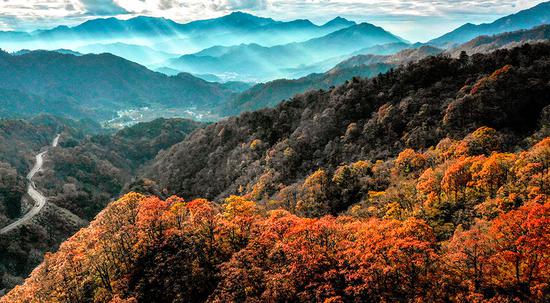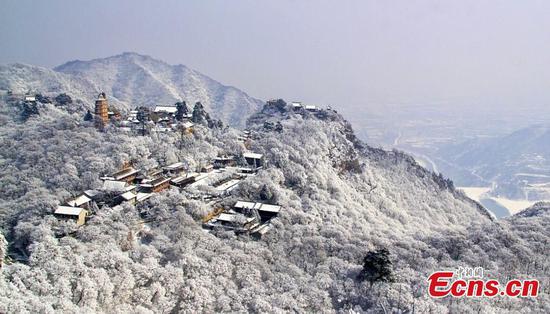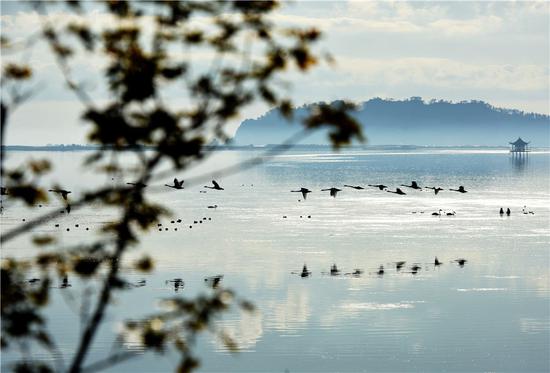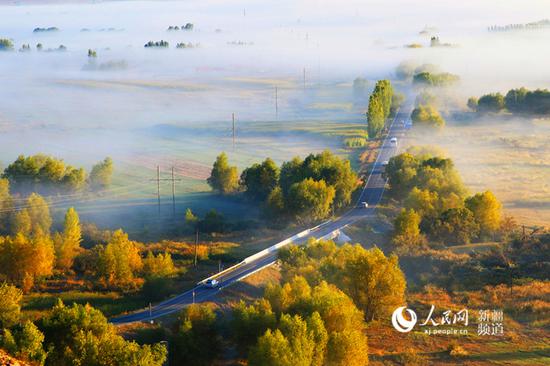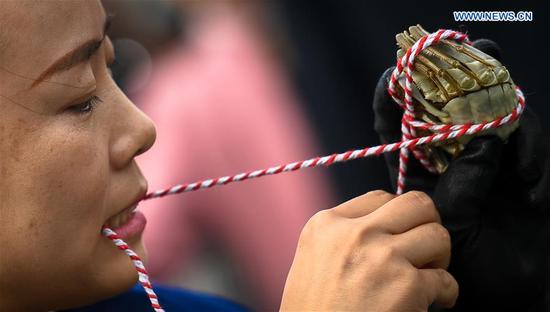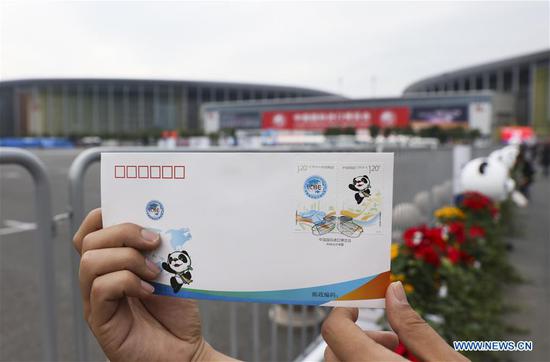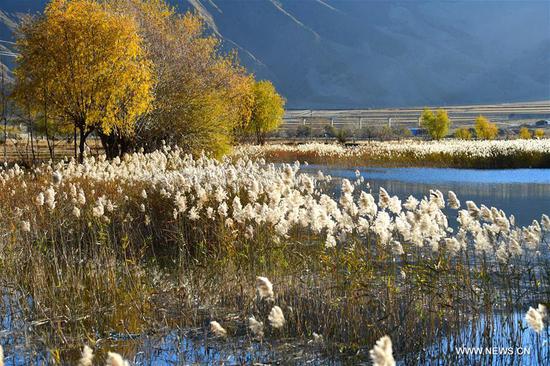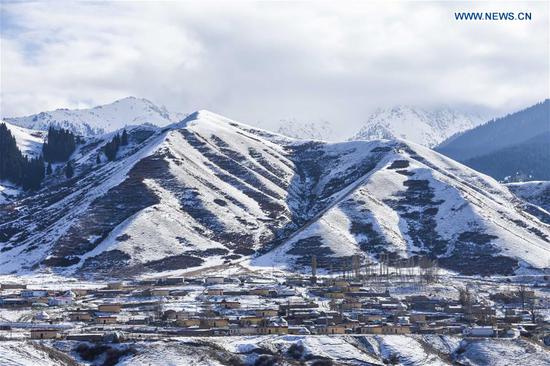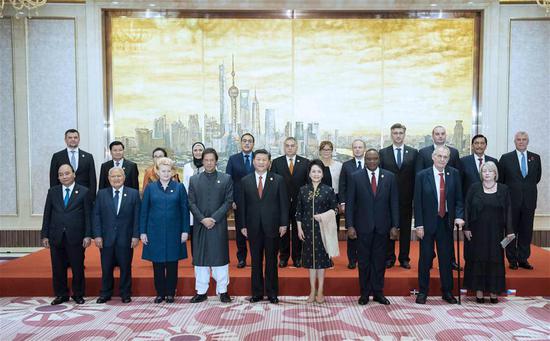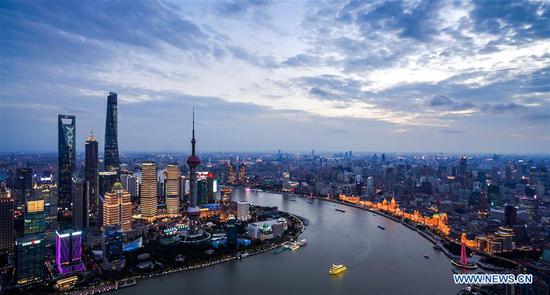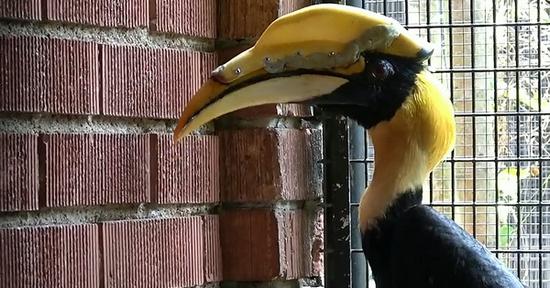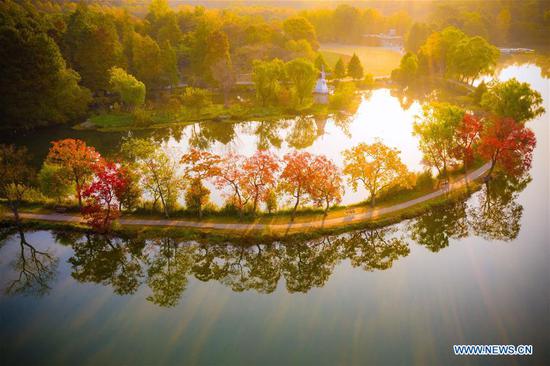China has completed a crackdown down on illegal construction along the Yangtze River, during which 1,361 illegal wharfs have been rectified and reformed along the main river, with 1,254 of them demolished, news portal banyuetan.org reported.
Hubei Province has prohibited over 1,100 illegal wharfs and turned 5.66 million square meters of river bank into green areas in the last three years.
In the past, due to local socioeconomic development and Yangtze River development, more and more illegal wharfs and polluting factories encroached on the riverbank. As a result, reeds, once a common plant along the river, disappeared.
The banyuetan.org report said that some port enterprises and owners of the projects seized a great area of land and water to build wharfs. The shoreline was disorderly occupied with prevalent problems including environmental pollution, building redundant projects and low efficiency work.
A staff member of a State-owned port enterprise told banyuetan.org in 2014 that there were only four legal ports in his city while the number of illegal ones reached over 50. "Illegal wharfs are like 'psoriasis' encroaching on shoreline resources along the Yangtze River," he said.
With the national strategy to develop the Yangtze River Economic Zone, the problems along the shoreline of the river aroused attention from the Communist Party of China Central Committee and the State Council. Since October 2015, the leading group office of the development of the Yangtze River Economic Zone started the rectification and reform of illegal wharfs and illegal sand excavation.
As a result, some shorelines along the river have been turned into beach parks in the provinces of Sichuan, Jiangxi and Anhui. The reeds have returned along the riverside.














